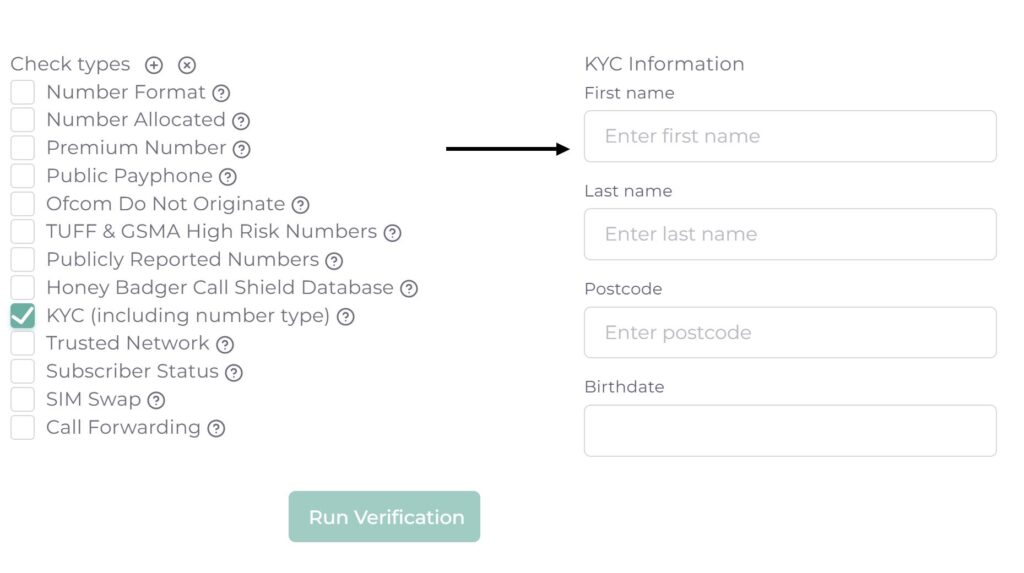Authorized Push Payment (APP) fraud occurs when a scammer tricks someone into willingly making a large bank transfer to an account controlled by the scammer. Unlike traditional frauds, APP fraud involves the victim being manipulated into authorizing the payment themselves.
How APP Fraud Works
- Deception: The scammer poses as a trustworthy entity, such as a bank official, government authority, or a known business.
- Urgency and Pressure: They create a sense of urgency, pressuring the victim to act quickly.
- Information Gathering: Through social engineering, scammers collect enough information to appear legitimate.
- Transfer Request: The victim is then instructed to transfer money to a bank account, which is purportedly safe or necessary for some urgent reason.
- Transaction Completion: Once the victim completes the transfer, the scammer quickly withdraws the funds, making recovery difficult.
Examples of APP Fraud
- Business Email Compromise: Scammers pose as company executives or suppliers requesting urgent wire transfers for fake invoices.
- Romance Scams: Scammers build a relationship online and eventually ask for money for an emergency or travel costs.
- Rental Scams: Potential tenants are convinced to pay a deposit or rent for a property that the scammer doesn’t own.
- Impersonation Scams: Scammers pretend to be from a bank or the police and convince the victim to transfer money, supposedly for safety or investigation purposes.
Role of Social Engineering in APP Fraud
- Building Trust: Scammers create believable scenarios and use persuasive language to build trust.
- Exploiting Emotions: They play on emotions like fear, urgency, or empathy to prompt a quick response.
- Information Exploitation: Scammers may use publicly available information or data from previous breaches to make their claims more credible.
- Pressure Tactics: Continuous and aggressive communication is used to prevent the victim from thinking critically or seeking advice.
APP fraud is a sophisticated type of scam that exploits trust and urgency. Understanding how it works, being aware of the common examples, and recognizing the tactics used in social engineering are key to protecting oneself from becoming a victim. Always verify, think critically, and proceed with caution when asked to transfer funds, especially in high-pressure situations.
How can Honey Badger help?
Honey Badger uses phone signalling data as a proven low cost, straight-forward way to immediately reduce APP fraud. When a transfer or payment is being made Honey Badger silently and instantly checks:
- Call Active – is your customer currently on the phone?
- Call Direction – did your customer initiate the call, or was it incoming?
- Call Duration – how long has your customer been on the call?
Since scammers and fraudsters phone their targets and coerce them into transferring money or making a payment, the data provided by these insights provides a reliable indicator of when APP fraud may be happening. For more information visit Honey Badger’s APP fraud page.







